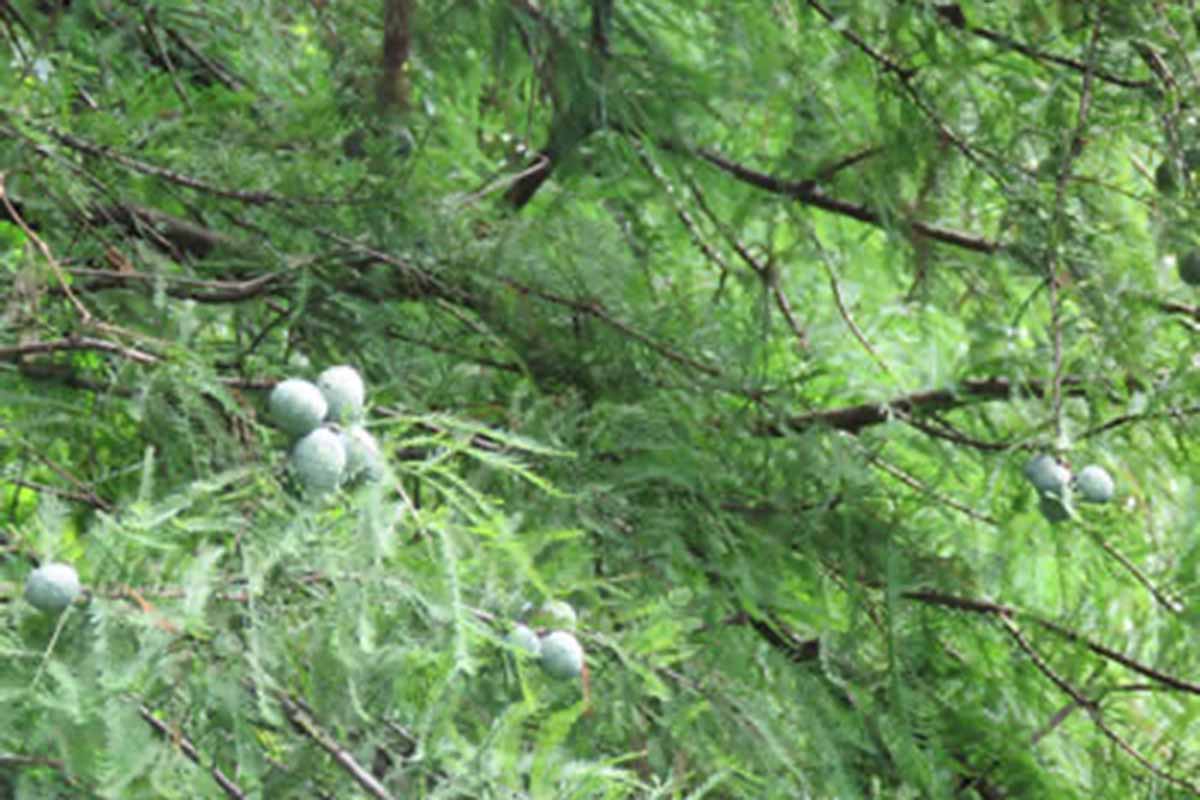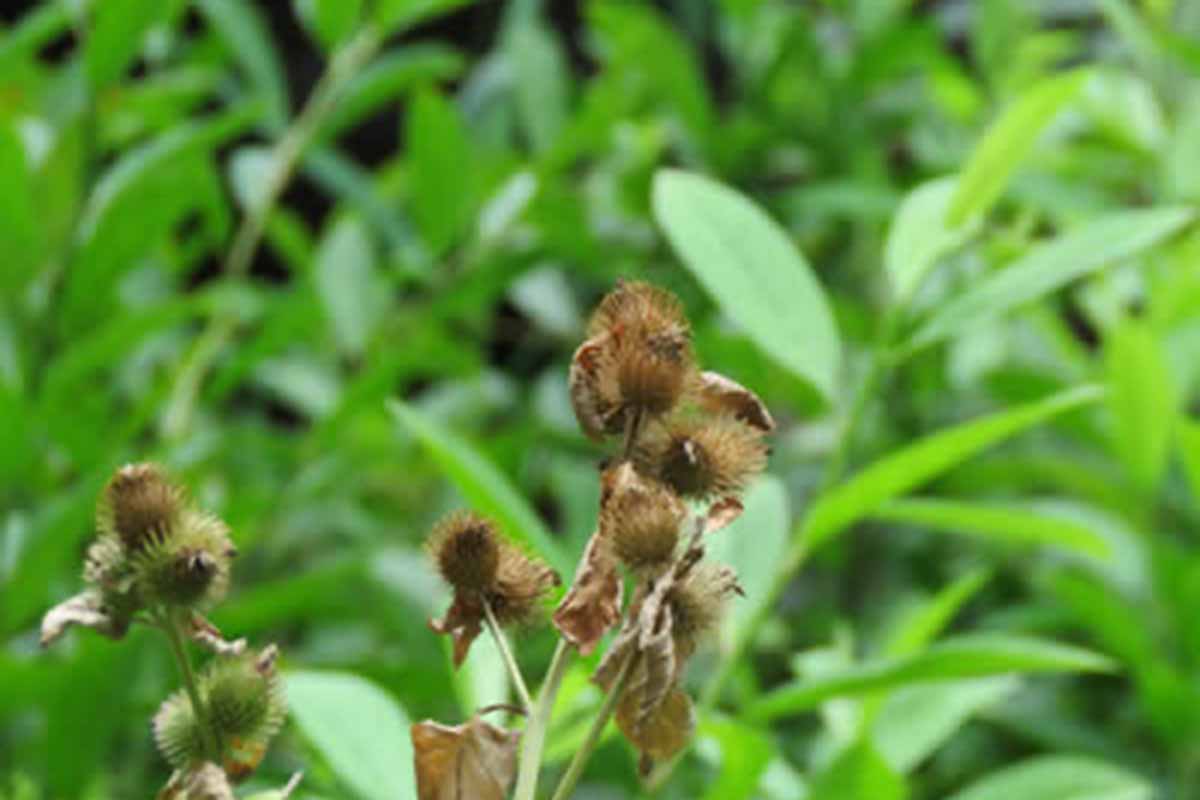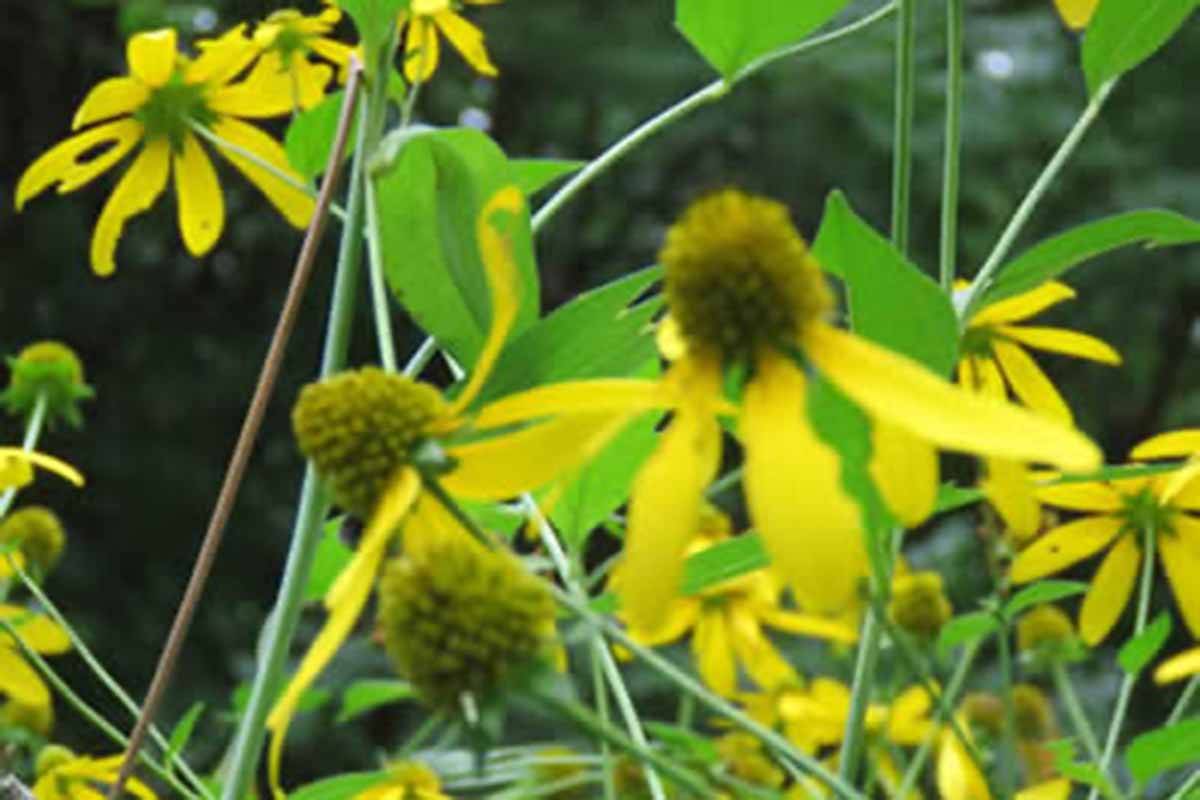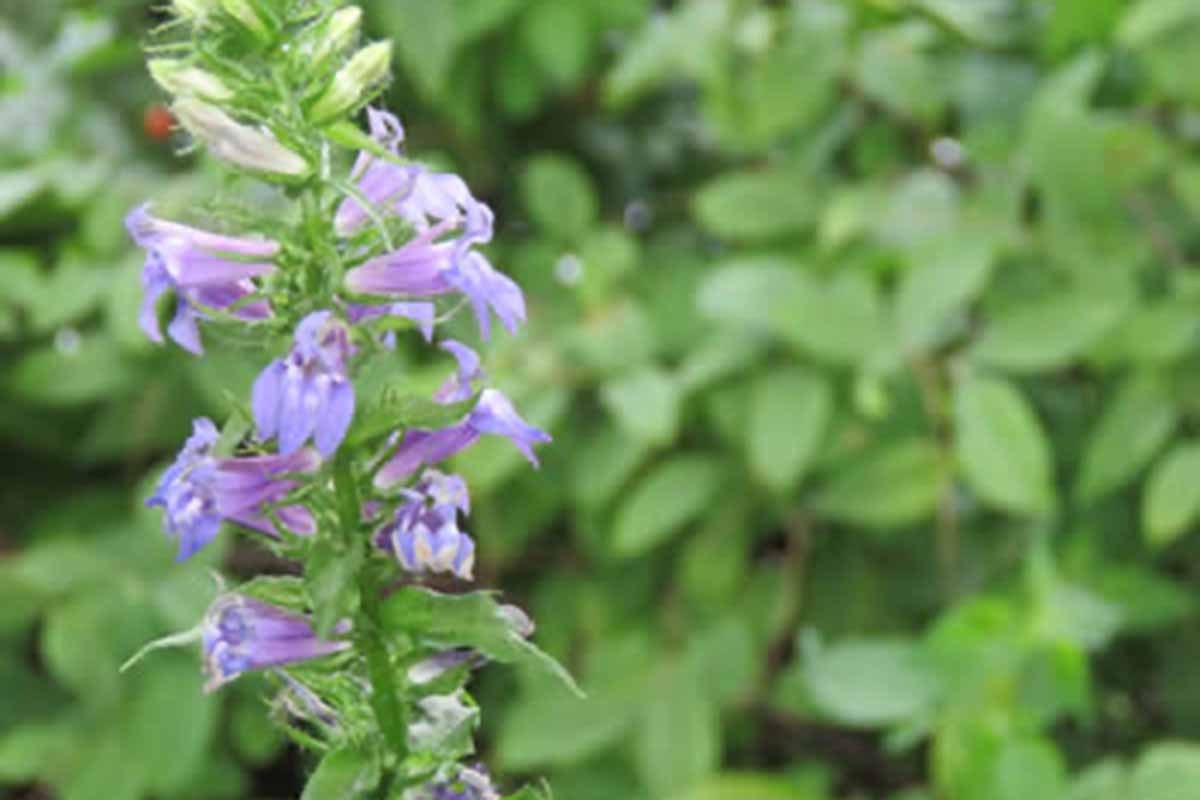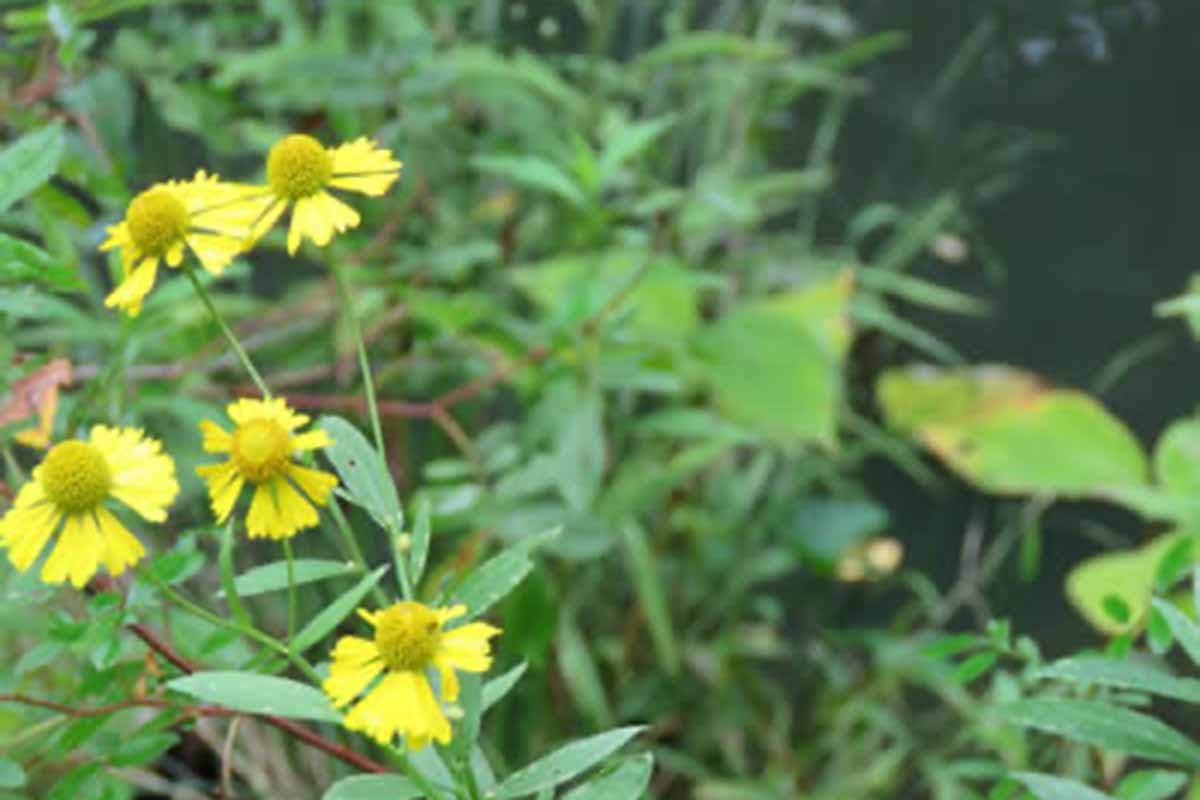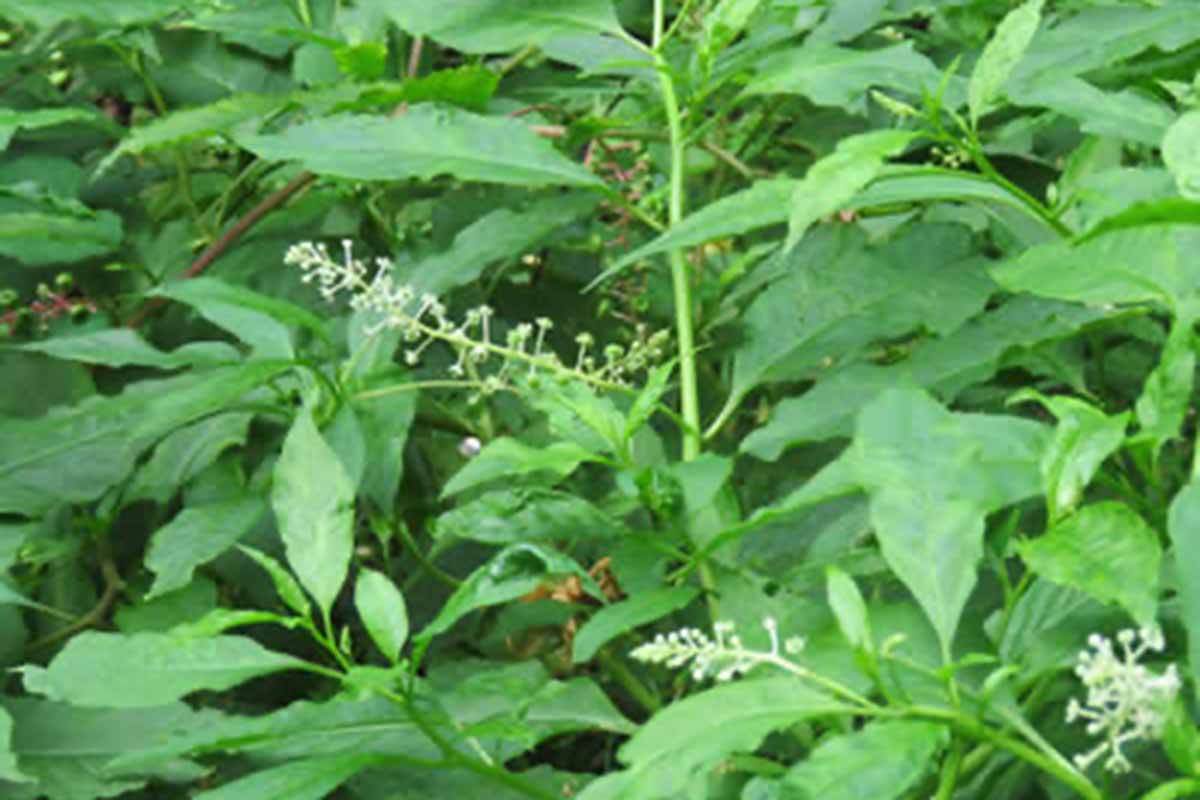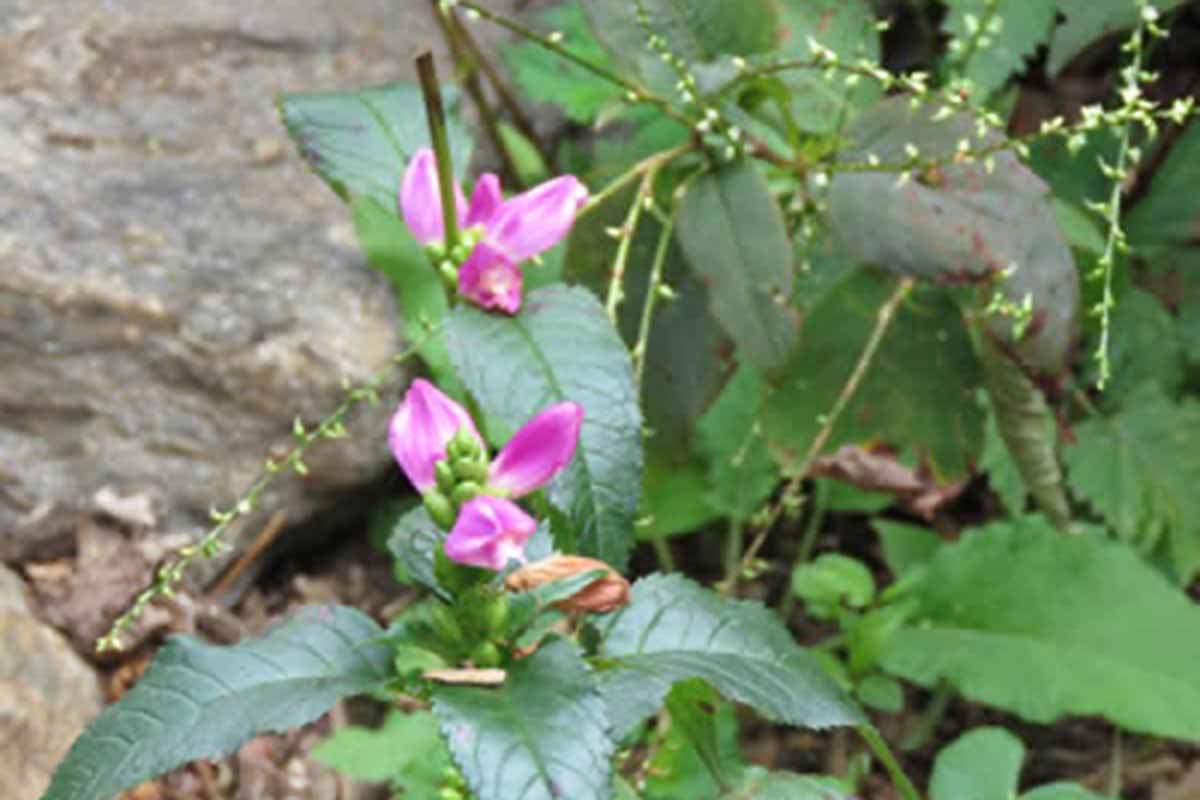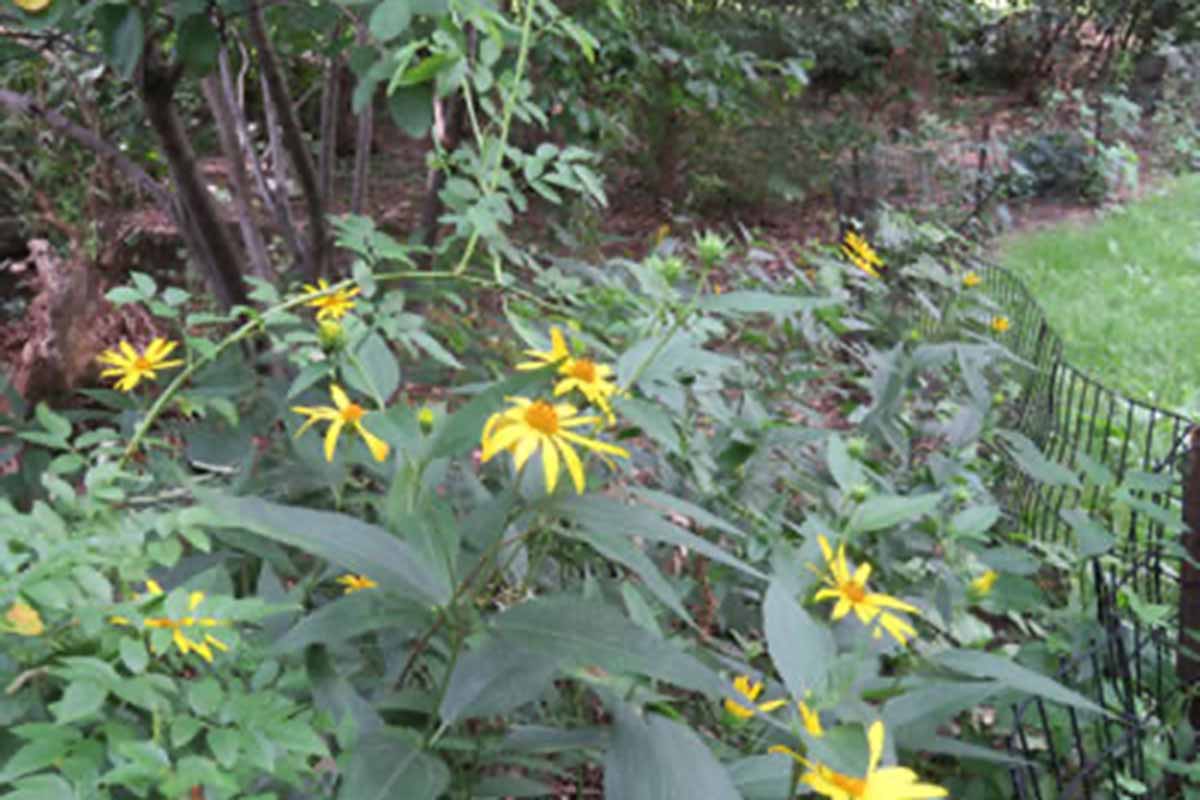Participants: 14
Weather: 70’s F, sunny, calm
Bird Species: 11
The Horticultural Walk originally scheduled for Saturday, August 11, 2018 was rescheduled to Saturday, Sept. 1, 2018 due to a violent storm. This walk into the world of plants was most educational and fascinating. We learned about the various strategies flowering plants use for seed dispersal, including wind, animal dispersal and mechanical dispersal from touching the plant. Ferns produce spores, which are dispersed and grow into new ferns. Not all vines smother plants the way Porcelain Berry does. Poison Ivy is an important food source for migrating birds, with high levels of fatty acids they require for migration. It winds around the trunk but does not grow further into the crown of the tree. The fruit of the Poke Weed is source of carbohydrates for birds. We learned that plants can create galls around larva deposited on their leaves, and the galls are specific for each plant. Sneeze Weed was a source of “snuff.”
Plants, including trees, have interesting survival strategies. Bald Cypress form knees for support in areas that are subject to water damage, but not in drier areas. Milkweed leaves are hosts for Monarch larvae and are hosts for the eggs of the Lacewing on their stems. Mugwort is invasive and does not provide food for insects. The green covering on the Pool is Duck Weed, one of the smallest flowering plants. It does not flower every year. It can also reproduce through asexual reproduction. It shades the Pool and prevents invasive plants along with Watermeal, which is even smaller. Overgrowth can cause oxygen depletion. Ducks love these plants. Burdock is a biennial. Its seeds have hooks which stick, and this led to the discovery of Velcro.
Ferns are interesting. Christmas Fern is an evergreen most of the year. Its spores are densely packed on the back of its fronds. Sensitive Fern’s spores are on separate, thick stalks. In any case, the spores are released, and more ferns grow. The park is planting a native tree, River Birch. This tree sheds bark to prevent alien growth. The London Plane Tree also sheds bark, more than the Sycamore Tree, which has a thicker bark. Trees that reproduce quickly are the Hackberry and the Sweet Gum. The tall Tupelo Tree with its lovely flowers loses its lower branches. We saw lichen growing on the base of a tree. Lichen is a symbiotic association between algae and fungi. The fungi break down nutrients for the algae, which produces sugar for the fungi.
More fun facts: Sweet Pepperbush retains its stigmas on its raceme after the fruit is formed. Blue Lobelia reproduces on its own, but the Cardinal flower, which resembles the Blue Lobelia does not. Jewelweed is an annual, and new Jewelweed grows every year. Touch it, and it might suddenly shoot out its seeds. Wineberry is non-native, is edible, but not as tasty as Raspberry or Blackberry. It spreads easily. Multiflora Rose spreads out and is an invasive shrub. Our native rose species do not spread out and are not invasive. Virginia Knotweed is native. Japanese Knotweed is non-native, deliberately planted and invasive. Sweet Bay Magnolia is native. The following is a list of some of the plants we studied while on the walk in C. P. We explored the plant life around the Pool and the beginning of the Loch.
Species Lists
Plants
White Wood Aster
Woodland Sunflower
Green-headed Cone Flower
Sneeze Weed
Smart Weed
Broadleaf Plantain
Poke Weed
Hackberry
Virginia Knotweed
Japanese Knotweed
Dandelion
Porcelain Berry
Poison Ivy
Virginia Creeper
Oxalis, Yellow Wood Sorrel
Tulip Tree
Hackberry Tree
London Plane Tree
Sycamore Tree
American Holly
River Birch
Sweet Bay Magnolia
Sweet Gum Tree
Bald Cypress
Tulip Tree
Staghorn Sumac
Spotted Joe-Pye Weed
Wineberry
Milkweed
Multiflora Rose
Native Rose shrub
Duck Weed
Watermeal
Common Burdock
Asiatic Day Flower
Turtlehead
Blue Lobelia
Cardinal Flower
Bone Set
Late Flowering Thoroughwort
Jewel Weed
Pickerelweed
Woodland Goldenrod
Lichen
Birds
Mallard
Rock Pigeon
Mourning Dove
Green Heron
Blue Jay
European Starling
American Robin
House Sparrow
Northern Waterthrush
Yellow Warbler
Northern Cardinal
Amphibian
Bull Frog
